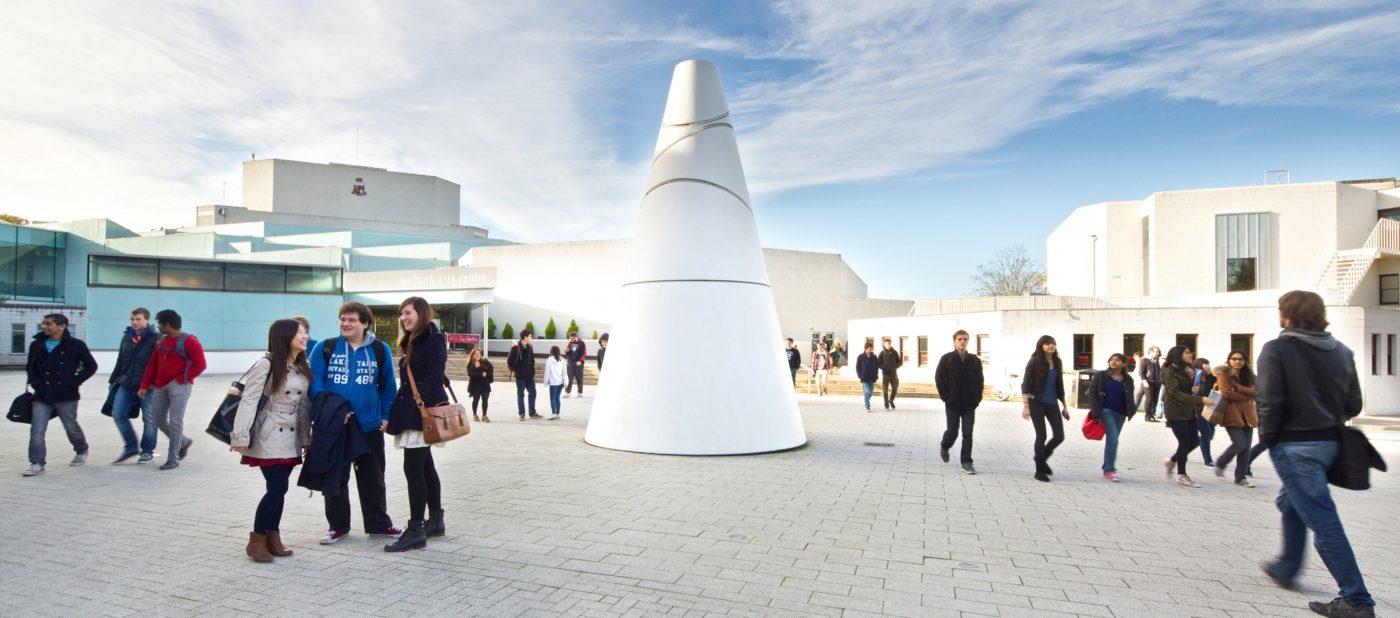Campus or Canvas: a guide to art at Warwick
One of my favourite things about the University of Warwick is how much they invest in the arts. When I attended open days at other universities I very much felt as though my degree was side-lined – like it wasn’t as important as STEM subjects – and although comparing the sparkling science park to the rather run-down humanities building leaves you in no doubt that this may still be the truth, the university does in fact still invest in the arts all over campus.
I’m not just referring to the Arts Centre 20:20 project or the plans for a new Humanities building. While these no doubt cost hefty sums of money, I imagine few people are aware of the amount our university spends on art installations.
Last year alone, Warwick spent £100,000 on artwork for our campus, and this is a figure that’s in line with other universities, with Leeds having spent over £500,000 and UCL £300,000. So despite the fact that last year one in four universities reported deficits, they are still investing in artwork. I’d argue that that says something quite strong about the value that our academic institutions place on art.
I didn’t know the sculpture’s name either until researching for this article
But sadly, these works are often ignored. We see them on a daily basis, but rarely do we pay them any real notice. I imagine that if you asked most students, they would have no idea what the names of these sculptures are, let alone the artists behind them or why they were chosen for our campus.
Let’s take Richard Deacon’s “Let’s not be stupid” as an example – how many could point out this sculpture? What if instead, I told you it’s the weird squiggly thing near the interchange?
I can’t blame you for this – I didn’t know the sculpture’s name either until researching for this article. But I was surprised to find out through this research that Deacon was one of the first recipients of the Tate’s Turner Prize, and I think it’s a shame that the work of such a prestigious artists is so often overlooked.
The one exception to this trend is the infamous “Koan”. When I arrived on campus as a first year, I’ll admit, I was confused about why it was so renowned. Even now, a year later, all I know is that I am supposed to be outraged by the fact that is has been unjustly moved away from central campus to Gibbet Hill.
The Koan has, rather bewilderingly, found itself a place in the hearts of Warwick students
But the Koan has, rather bewilderingly, found itself a place in the hearts of Warwick students. It has even become somewhat of an icon – so much so, in fact, that the Facebook page “Warwick uni memes for Koan shaped teens” has been named after it.
For anyone wondering, the “White Koan” was completed by Liliane Lijn in 1972 and was inspired by the new developments being made in materials and technologies from space-exploration throughout the ‘60s. The shape itself is representative of a cone of ash, the symbol of the Greek goddess Hestia, and the name taken from the Zen Buddhist meaning of the word: a question without an answer.
It’s at this point that I’d like to sound like that somewhat smug arts student and start explaining the wider meaning of the Koan that we can all apply to our daily life, but in all honesty, I’m not really sure I’m any wiser from knowing the story behind it.
So I suppose the point of this article isn’t to figure out the mysterious meaning behind the modern art, but rather to encourage you just to notice what’s around you. I don’t think it can ever do any harm to know the story behind these sculptures, and I think it’s important that we appreciate being on such an artistic campus.
If you’d like to learn more, and if maybe you find yourself in a loose end in freshers’ week, why not go to the arts centre and pick up a sculpture park map from the box office? It’s a great way to explore the campus and find out about a bit more about what’s around us.

Comments